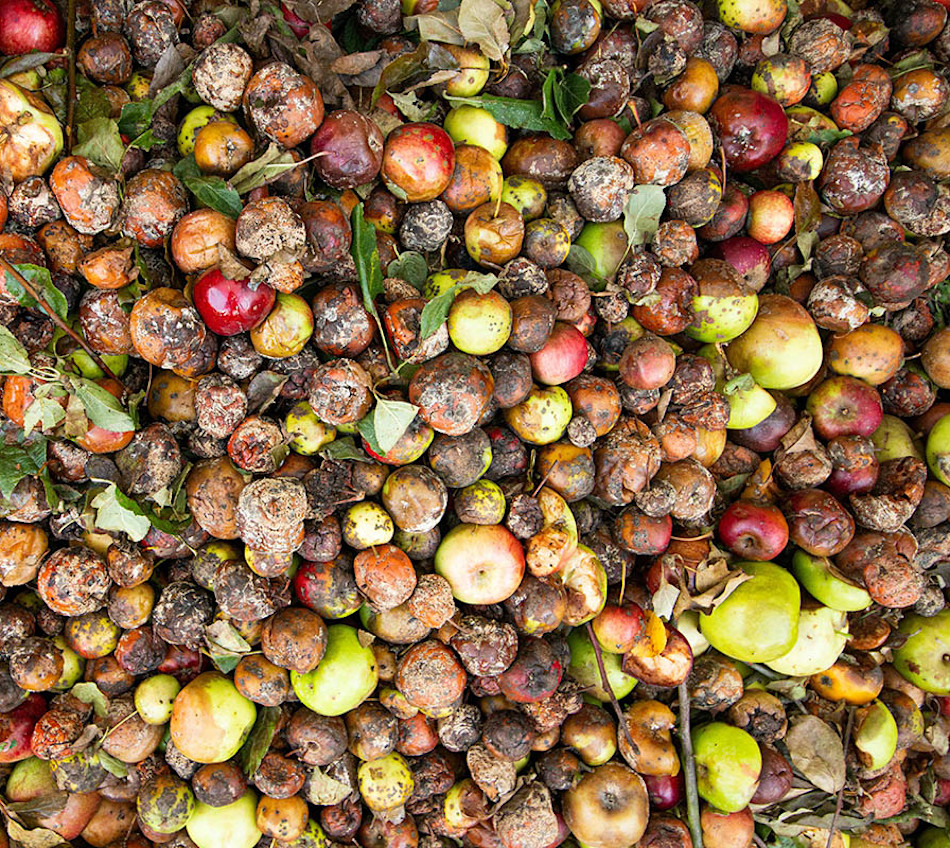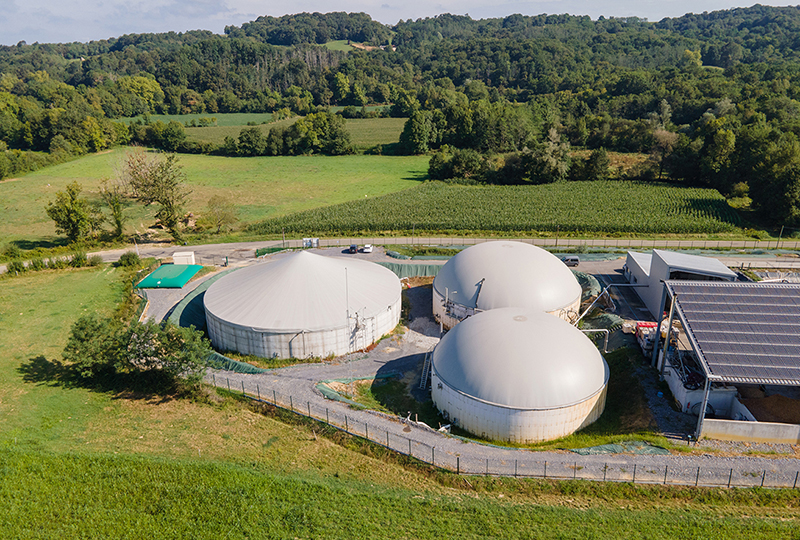Energy recovery from waste: nothing is lost, everything is transformed
Waste processing is central to the ecological transition. Today we have the means to recycle certain types of waste to produce energy. A solution that allows businesses and territories to produce renewable and local energy, and process their waste at the same time.

What do we mean by energy recovery from waste?
Energy recovery consists in harnessing the energy produced when processing waste that can neither be recycled nor repurposed as a material. The waste then becomes a valuable source of renewable energy, offering a sustainable alternative to fossil fuels.
Energy recovery can take a number of different forms, depending on the type of waste being processed: incineration, methanisation, pyrolysis, gasification or solid recovered fuel (SRF) production. At the same time as bolstering energy independence, these different technologies are also valuable levers for sustainable development in the territories, creating jobs can cannot be moved elsewhere, supporting the circular economy.
Incineration
The heat released by burning waste is used to heat water and produce steam under pressure. The steam is then released into a turboalternator, thus generating electricity. The steam can also be used directly to supply an urban heating network or nearby industrial facilities. In France, incineration is subject to close monitoring and a strict regulatory framework, particularly concerning the filtration of smoke, to prevent any environmental impact.
Incineration’s strength lies in its capacity to turn a large variety of matter into energy: agricultural waste, agribusiness waste, industrial waste such as tar or used solvents, and domestic waste.
Methanization
Based on the natural process by which microorganisms break down matter in the absence of oxygen, methanisation is an energy recovery process that allows renewable gas to be produced from all kinds of organic waste. Essentially comprising methane, the gas that comes from this process – called biogas – can be used to produce electricity, heat or automotive fuel (bioNGV). Once purified, it can also be injected into the natural gas grid. It is then known as “biomethane”.
This type of energy recovery is suitable for agricultural waste, manure, slurry and crop residues, agribusiness waste, sewage sludge, domestic waste or roadside verge cuttings generated by local authorities. Methanisation has an added bonus: in addition to biogas, the process also produces “digestate”, which can be used by farmers as a soil fertiliser.

Pyrolysis
Waste pyrolysis consists in heating it to a temperature of between 350 and 650 °C, with next to no oxygen present. This process enables energy recovery from many types of organic waste, most notably from agriculture, in the form of a gas that can be used as fuel. Pyrolysis also generates a liquid (oil or a mix of hydrocarbons), and a solid co-product called “coke”, “char” or “biochar” if the waste being processed is biomass. The proportions of gas, liquid and solid depend on a number of parameters such as the initial composition of the waste, the temperature and the pressure.
It is possible to maximise gas production using “flash” pyrolysis, which consists in heating the material very rapidly to temperatures of around 500 to 650 °C.
Gasification
Gasification (or pyro-gasification) turns the thermostat up a notch, heating the waste to temperatures of 900 to 1200 °C with a small quantity of oxygen present. Apart from the waste’s mineral fraction and a small quantity of carbon, which form a solid residue, this converts the whole of the material into a gas referred to as synthesis gas or syngas.
That gas can be used as a fuel, to drive gas-powered engines, or can be transformed into synthetic methane. Gasification is a recycling process that can be applied to the majority of organic waste, and has the advantage of converting a very high proportion of it into energy.
Solid recovered fuel (SRF)
SRF production allows energy recovery from a great many types of non-recyclable waste: refuse resulting from the sorting of ordinary industrial waste (OIW), building site waste, or bulky waste from rubbish tips. Principally composed of wood, plastic, paper and cardboard, these materials are first pre-crushed, then cleared of all metallic, inert and chlorinated residues. Next comes the pelletisation process, in which the waste is transformed into flakes before being compacted into briquettes or pellets.
When they are burnt they produce heat or electricity, replacing fossil resources such as coal, coke, oil or natural gas. SRFs are particularly suitable for industrial plants that consume a lot of energy, such as cement works.

